Chilling theory suggests ‘unsinkable’ Titanic was doomed before it even set sail
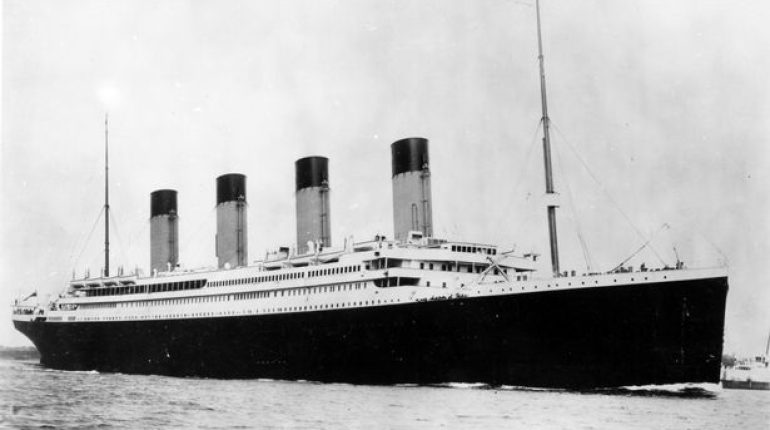
Posted May 19, 2023 by: Admin
In a remarkable voyage that captivated the world, the RMS Titanic, hailed as the unsinkable ship, embarked on its maiden journey from Southampton to New York on April 15, 1912. Tragically, this monumental event in history took a devastating turn when the Titanic met its untimely fate in the North Atlantic Ocean, claiming the lives of 1,517 individuals. The prevailing belief has always been that the ship sank due to a collision with an iceberg, but an intriguing theory suggests that the Titanic was doomed even before it set sail.
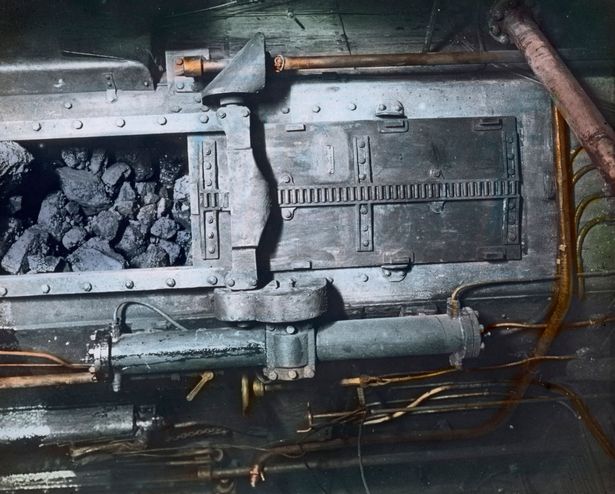
Pioneering in design for its era, the Titanic boasted a hull divided into 16 compartments, believed to be impervious to water. It was deemed unsinkable, with the ability to withstand the flooding of four compartments without compromising its buoyancy. However, on that fateful night, just before the stroke of midnight, disaster struck. The ship suffered ruptures in at least five compartments, causing them to fill with water, ultimately pulling the bow of the majestic vessel downward.
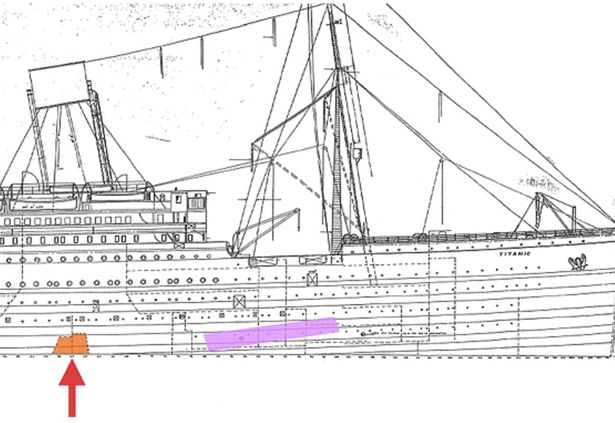
Nevertheless, an alternative theory posits that the iceberg collision was not the sole harbinger of the Titanic’s tragic destiny. David Smith, in his thought-provoking book, “The Titanic’s Mummy,” proposes that a fire, raging in one of the coal bunkers for ten days prior to departure, played a pivotal role in the ship’s demise. Smith suggests that this fire, if not properly extinguished by removing the burning coal and directing it into the furnace, weakened the area of impact, thereby compromising the structural integrity of the hull and critical bulkhead.
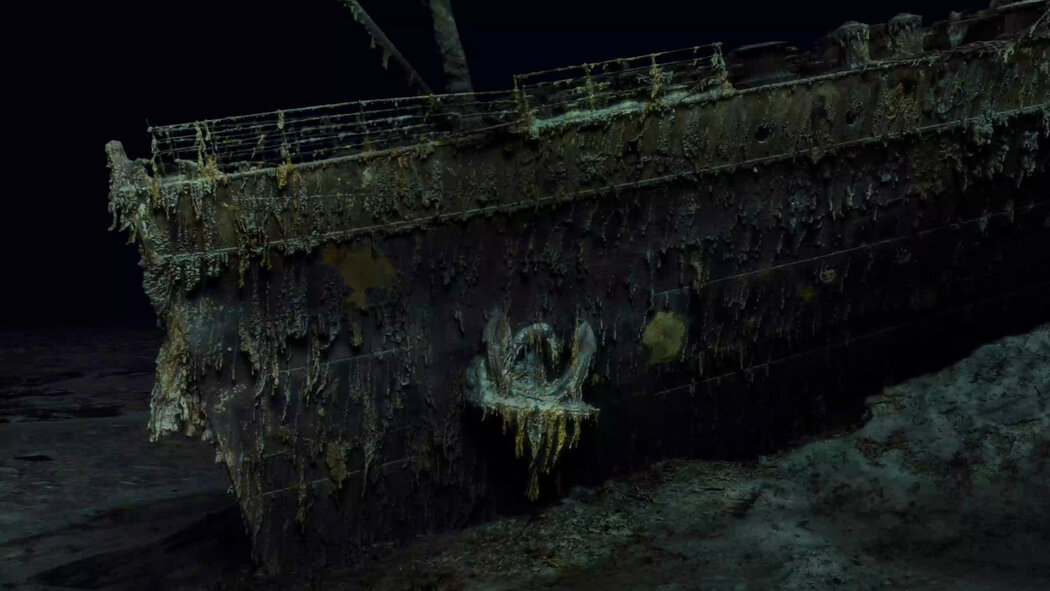
While some theories claim that attempts to douse the fire by shoveling burning coals into the engine furnaces propelled the ship at full speed into the path of the iceberg, disregarding the ice warnings, others refute this notion. Speculation arises that the fire, rather than hastening the collision, may have inadvertently extended the ship’s lifespan during the sinking.
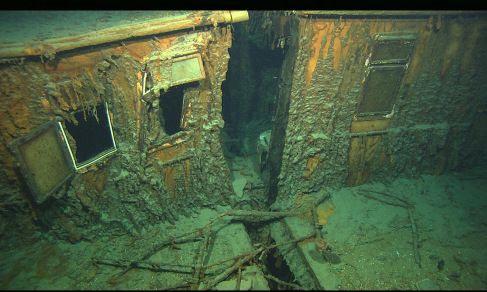
Recently, captivating 3D images of the Titanic’s wreckage have been unveiled, providing unprecedented insights into that fateful night. Magellan, a British deep-sea mapping company, meticulously captured the shipwreck, resting 3,800 meters deep in the North Atlantic Ocean. These technological advancements allow us to observe the gradual decay of the ship, a victim of iron-eating bacteria, salt corrosion, and the relentless forces of the deep ocean.
Among the haunting artifacts discovered within the vessel lie 2,500 champagne glasses, 45,000 napkins, and 50,000 towels. Astonishing photographs reveal dusty, unopened bottles of champagne that would have filled these very glasses, forever preserved in time.
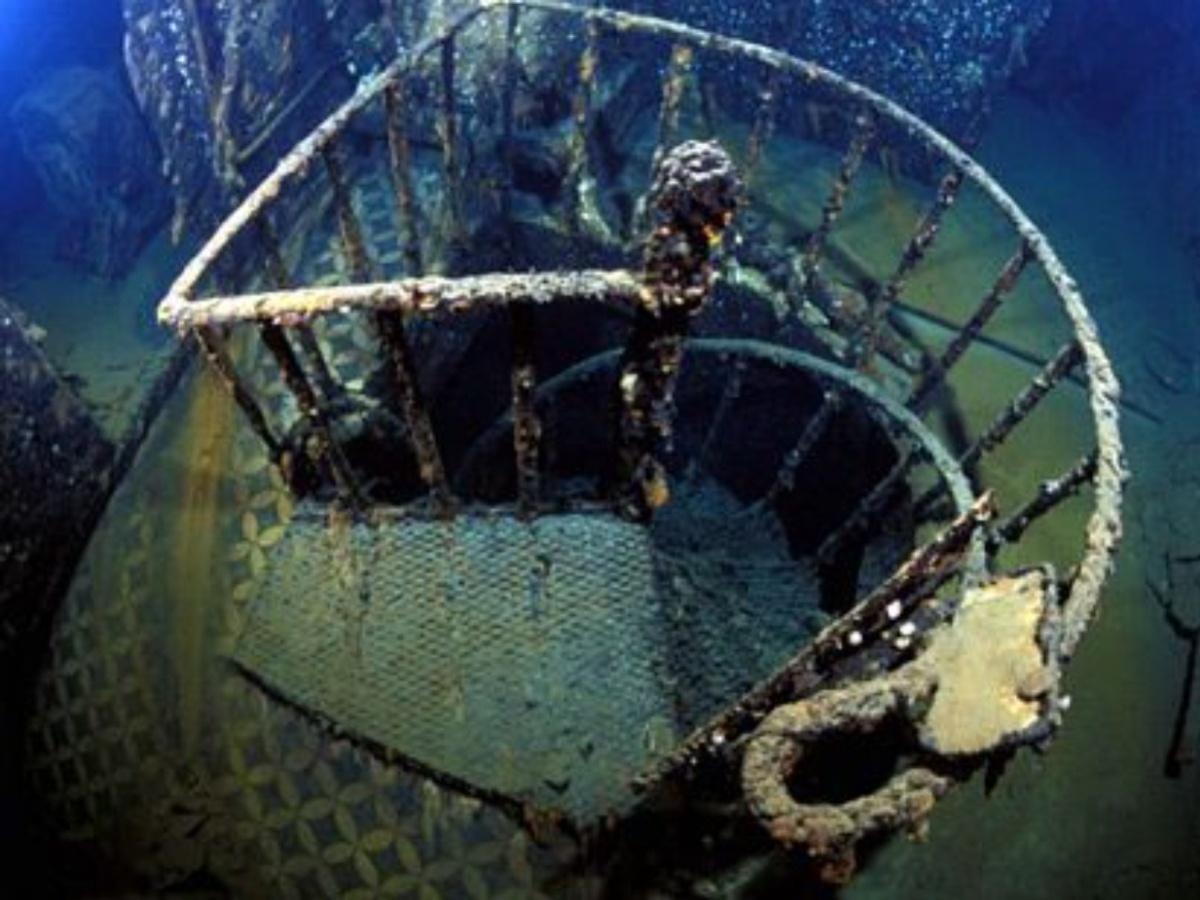
The magnitude of the tragedy becomes even more poignant when we consider the scarcity of lifeboats. With only enough capacity to accommodate 1,178 individuals on a ship designed for over 3,000 passengers and crew, a mere 706 souls survived the catastrophic event.
It is with heavy hearts that we bid farewell to the last living survivor of the Titanic, who passed away in 2009 at the age of 97. This extraordinary individual, a mere two months old at the time of the disaster, symbolized the enduring spirit of resilience and the indomitable human will to survive against all odds.

















